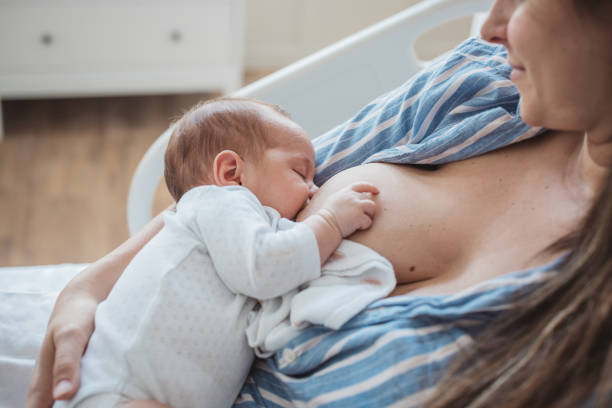Ditch the schedule and follow your baby’s cues for a happy baby-feeding journey! Forget rigid timetables! In those first few months, your newborn is the boss when it comes to feeding. They’ll let you know loud and clear when they’re hungry, but crying isn’t the only sign. Look for subtle cues like rooting, fussiness, or opening their mouth. This approach, called “demand feeding,” is all about responding to your baby’s natural hunger rhythm.
Frequency:
Every baby’s unique, and whether they’re breastfed or formula-fed also plays a role. Breastfed newborns typically nurse every 1.5 to 3 hours, gradually settling into a routine as they grow. Formula-fed babies might start with bottles every 2 to 3 hours, eventually going 3 to 4 hours between feeds. But remember, growth spurts can throw a wrench in the schedule!
Quantity:
There’s no one-size-fits-all answer here. It depends on your baby’s individual needs, growth rate, and feeding frequency. As they grow, their little tummies can hold more, so they’ll naturally drink more at each feeding (and less often). Breastfed babies might drink less per feed but nurse more frequently than formula-fed babies. Don’t stress about exact amounts; watch for signs like 4-6 wet diapers a day, regular bowel movements, and healthy weight gain. If you’re concerned, consult your pediatrician.
Introducing Solids:
Introduce solid food when your baby shows signs of readiness, usually around 6 months. Indicators include holding up their head, reaching for food, putting objects in their mouth, taking food from a spoon, and doubling their birth weight.
Weaning:

Both bottle- and breast-fed babies are typically ready to wean between 12 and 18 months, but the pace depends on you and your little one. Let your baby’s cues guide you, and offer a cup around 6 months to ease the transition. By 2 years old, most babies should be done with bottles.
Remember, this is just a general guide of baby-feeding . Trust your instincts, follow your baby’s lead, and don’t hesitate to reach out to your pediatrician if you have any questions. Happy feeding!

